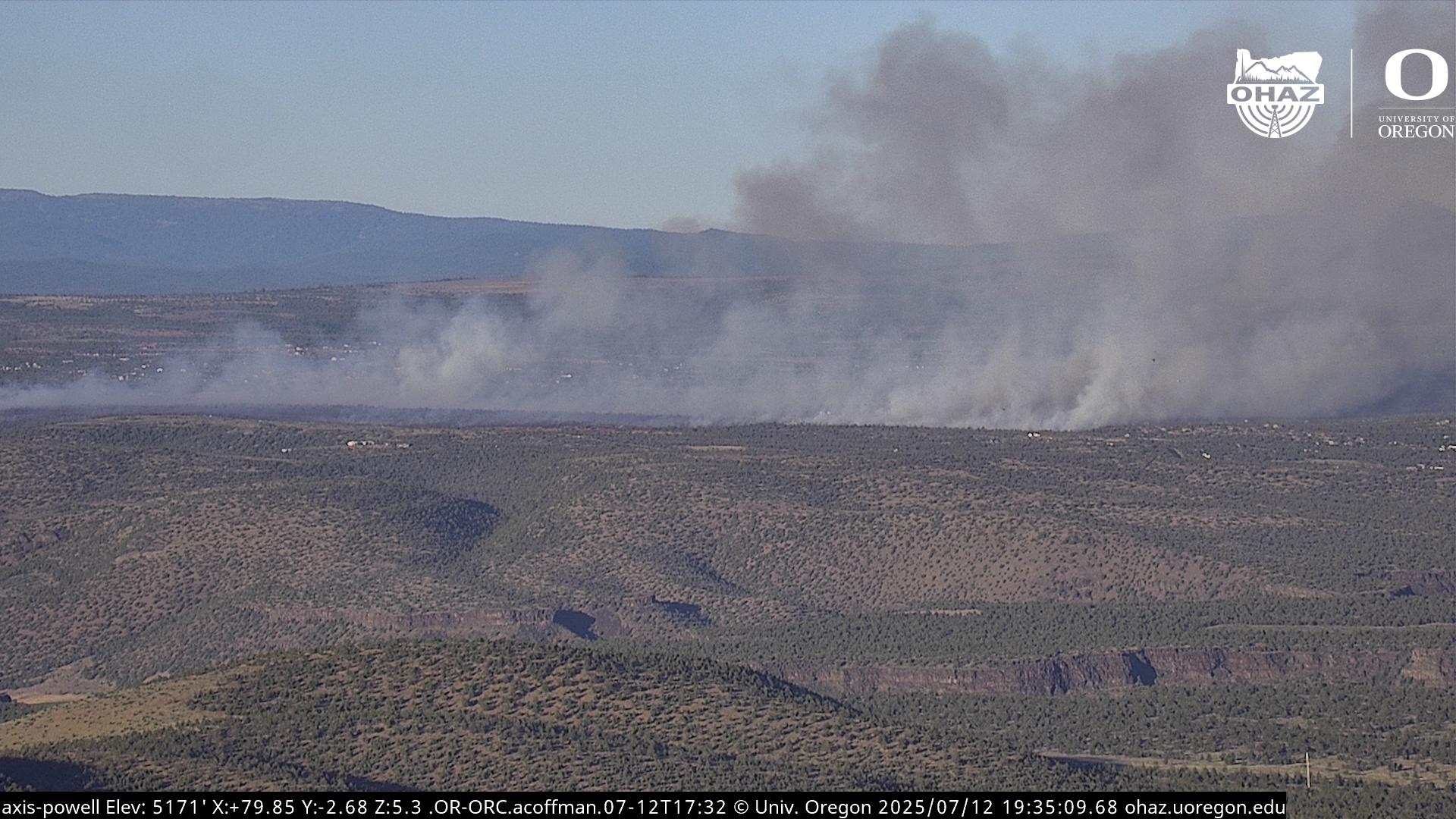Fingerprints, facial scans become more common at airports
Published 12:00 am Sunday, April 15, 2018

- A woman uses a Delta fingerprint scanner. (Delta Air Lines)
Travelers navigating through a busy airport have become accustomed to a hectic juggle of IDs and boarding passes while lugging bags through security checkpoints and boarding.
Recently, companies including Atlanta-based Delta Air lines have been gradually adding technology to streamline the process and replace IDs and boarding passes with fingerprints and facial scans.
Trending
Delta’s latest move along the biometrics path is allowing members of its Sky Club airport lounges to enter using their fingerprints instead of a membership card or boarding pass.
As more people become accustomed to using their fingerprints or faces to use their smartphones, travelers have also become inured to the spread of biometrics in the airport.
But some privacy advocates warn that convenience could mask the risks of a world where security depends on fingerprints and facial scans.
Some passengers have already been using biometrics to identify themselves at the airport. Instead of showing an ID at an airport security checkpoint, Clear members approach a kiosk and press two fingers down. Clear is a trusted traveler membership program with a tagline “No ID, no lines, no limits.”
Delta in 2016 struck a partnership with Clear and bought a 5 percent stake in the company as a crucial step in a much bigger plan to build the backbone for a biometrics system and database of passengers that could transform how travelers move through the airport.
As part of the partnership, Delta is incentivizing its customers with a discount to sign up for Clear, which normally costs $179 annually but is $99 for Delta frequent fliers and free for Delta’s diamond-level elite frequent fliers.
Trending
Delta and other airlines including JetBlue have also rolled out a hodge-podge of pilot programs using biometrics.
More reliable than people?
In Minneapolis, a machine with facial recognition can match Delta customers with their passport photos while they are checking their bags through self-service machines.
In Boston, JetBlue passengers have boarded international flights at a self-boarding gate with facial recognition as part of a test with U.S. Customs and Border Protection. JetBlue partnered with SITA, an air transport technology firm with U.S. headquarters in Atlanta, for the trial.
In Atlanta and New York’s John F. Kennedy International Airport, Delta passengers boarding certain international flights have also had their identity verified through facial recognition, in a partnership with Customs.
At Washington’s Reagan National Airport, Clear members have boarded Delta flights using their fingerprints instead of a boarding pass. The idea is that international travelers would board using facial scans matched to passports, while domestic travelers would board using fingerprints matched to Clear’s database.
“We’re rapidly moving toward a day when your fingerprint, iris or face will become the only ID you’ll need for any number of transactions throughout a given day,” said Delta chief operating officer Gil West in a written statement when the biometric boarding pass test launched.
SITA director of strategy and innovation Sean Farrell said people are familiar with using cameras to take selfies, and “we’re using apps on our cellphones to do banking and signing onto those apps using our thumbprint. People are starting to become more familiar with biometrics through that.”
In JetBlue’s test with SITA, about 90 percent of passengers opted into the facial scan for boarding, Farrell said.
Passengers “seem to really prefer self-service over manned processes. They much prefer to have their destiny under their own control and go to a kiosk rather than stand in line,” he said.
While rolling out more self-service kiosks benefits passengers, Farrell said “it’s also undoubtedly got a cost element in it as well,” reducing the need for staffing. He said biometrics can also more reliably confirm identity than a person looking at a photo and comparing it to a person.








